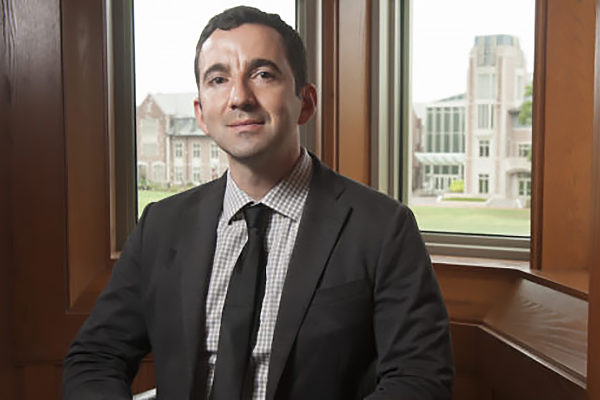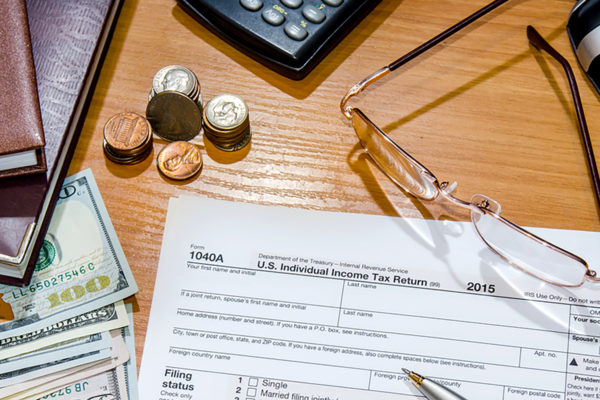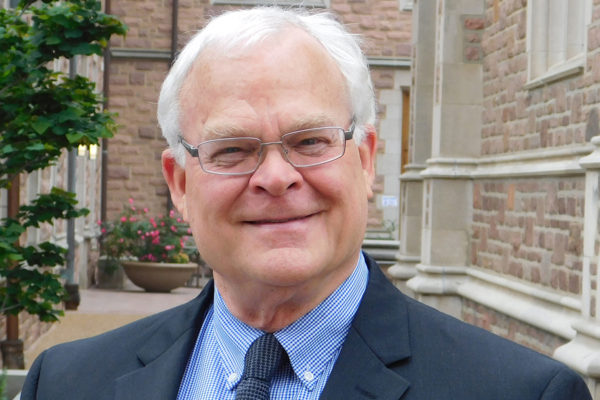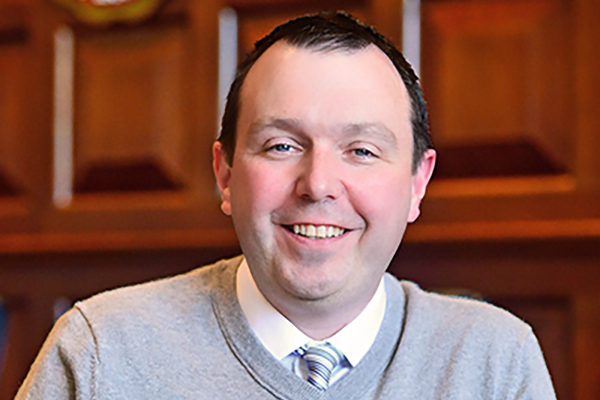The importance of cultural intervention in mental health care
The first study to examine the initial impact of a culturally-adapted health care manager intervention aimed at helping Hispanics with serious mental illness, led by Leopoldo Cabassa of the Brown School, finds the intervention shows potential for improving health outcomes for Hispanics.
What’s behind America’s promotion of religious liberty abroad
As a historian of religion and foreign policy in the United States, I know that this is not the first time Americans have disagreed about the meaning of religious freedom. The United States has, in fact, been promoting religious liberty abroad since its founding, but there has always been disagreement on what exactly it is.
CEOs didn’t ask for this, but they’ll take it to the bank, shareholders
Much of the debate over the Tax Cuts and Jobs Act focuses on whether Congress favors rich corporations over poor people. But an expert on tax law at Washington University in St. Louis asks, what about poor corporations?
Study finds strategies to encourage 50 percent tax-refund saving
In a research paper set for publication in the journal Behavioral Science & Policy, a team of researchers including two from Washington University in St. Louis demonstrated that — by structuring the messaging in the right way — those taxpayers can be encouraged to save their returns for long-term needs or unforeseen emergencies.
WashU Expert: If you see signs of child abuse, report it
David and Louise Turpin have been accused of abusing their 13 children for years inside their California home, a case that has captured international attention. What should you do to try to better recognize signs of abuse in your neighborhood? The bottom line: If you think a child is in danger or is being hurt, call a hotline, says a child abuse expert at Washington University in St. Louis.
Sherraden receives career award for social policy research
Michael Sherraden, the George Warren Brown Distinguished University Professor and director of the Center for Social Development at the Brown School, received the Society for Social Work and Research’s 2018 Social Policy Researcher Award.
Joining forces to stop cycle of violence in St. Louis
The Institute for Public Health at Washington University in St. Louis will launch the regional St. Louis Area Hospital-Based Violence Intervention Program, which will aim to promote positive alternatives to violence, thanks to a $1.6 million grant from Missouri Foundation for Health.
Impact of religion and racial pride on classroom discrimination
Two important factors seem to explain black American adolescents’ experiences with teacher-based racial discrimination – religiosity and racial pride, finds a new study from the Brown School at Washington University in St. Louis.
WashU Expert: We already have ‘baby bonds’
As economists float the proposal to give every U.S. newborn a “baby bond” account, Michael Sherraden, professor at the Brown School, says a solution already exists — Child Development Accounts, a policy concept first proposed in his groundbreaking 1991 book, “Assets and the Poor.”
Why the Logan Pauls of the world can push the boundaries of privacy and good taste
Social media is having its difficult adolescence. Facebook is approaching its 14th birthday, YouTube is 13, and Twitter is almost 12. In each case, a happy childhood has been replaced by awkward teen or tween years. In recent weeks, each of these companies has suffered embarrassing setbacks.
View More Stories








